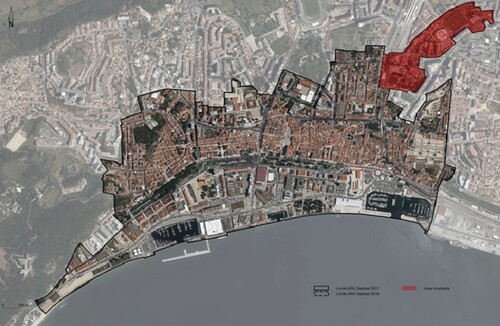Figures & data
Figure 2. Draft of the Setúbal railway connections in the Portuguese railway network (19th–20th centuries). Source: CitationSilveira, Alves, Lima, Alcântara, and Puig, Population and Railways in Portugal, 72. Designed by the author.
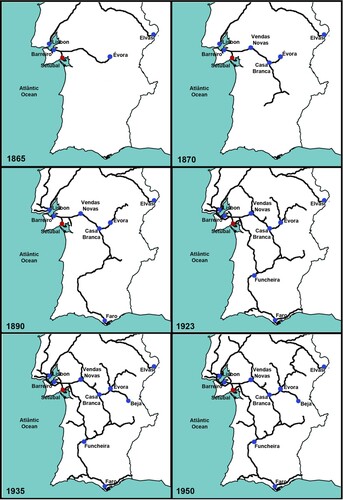
Figure 3. Draft of the port-rail infrastructure and urban growth of Setúbal in the current Municipal Territory. Red hatch: old port area (current fishing and recreational port area); yellow hatch: current industrial port area (a – Secil Terminal; b – other specialized port terminal facilities). Designed by the author.
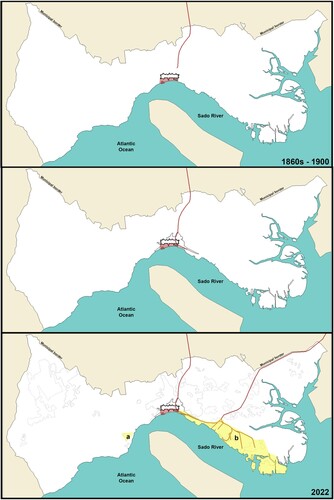
Figure 4. General layout of the Setúbal port developed by A. de M. Cid Perestrello in 1933. Source: Proceedings n. 588, Estação de Setúbal-Mar, Arquivo APSS. Adapted by the author.
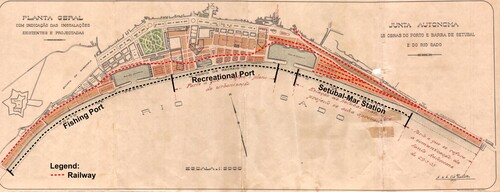
Figure 5. Draft of the railway connection between the port and Sado Line, 1934. Source: Annex in Proceedings n. 589-Pasta A, in Arquivo da APSS. Adapted by the author.
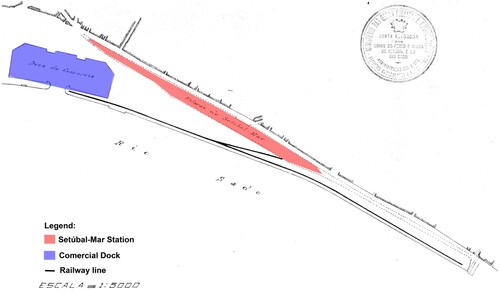
Table 1. Location of level-crossings. Source: Proceedings n. 588, in Arquivo APSS.
Table 2. The level-crossing proposed by the Autonomous Department. Source: Proceedings n. 588, in Arquivo APSS.
Figure 6. Topographical representation of Setúbal. Red: western waterfront; blue: eastern waterfront. Source: Seminário a Cidade e o Urbanismo | Município de Setúbal (mun-Setúbal.pt). Design by the author.
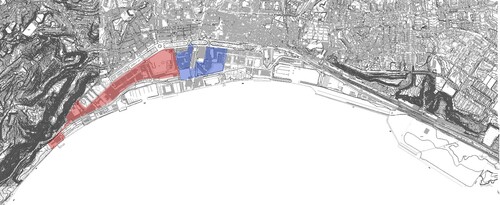
Figure 7. Representation of the Setúbal ARU overlap 2018 and 2021. Red: added area. Source: Diário da República, 2ª série, n. 74, p. 204.
